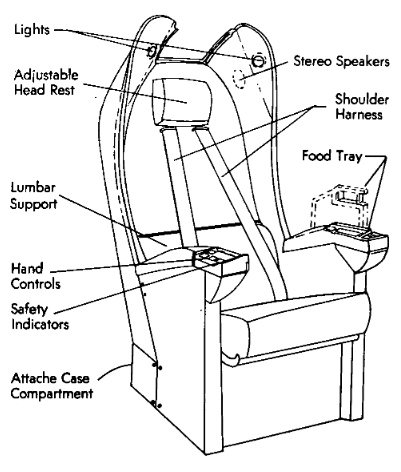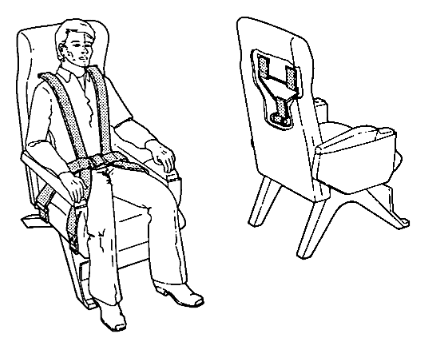- Joined
- 16 December 2010
- Messages
- 2,837
- Reaction score
- 2,075
Found while trying to find the NASA reports on the Boeing Commercial/Military transport design, one wonders how it would have worked in reality...
http://ntrs.nasa.gov/archive/nasa/casi.ntrs.nasa.gov/19730000495.pdf
Human-engineering approach was used to design integral seat which provides all the safety, comfort, and protective features that can possibly be afforded airline passengers. Results of dynamic impact testing indicated that seat can withstand and attenuate gravity loads of 21-g horizontal and 45-g vertical; by design, seat will withstand lateral g's as well.
http://ntrs.nasa.gov/archive/nasa/casi.ntrs.nasa.gov/19730000495.pdf


